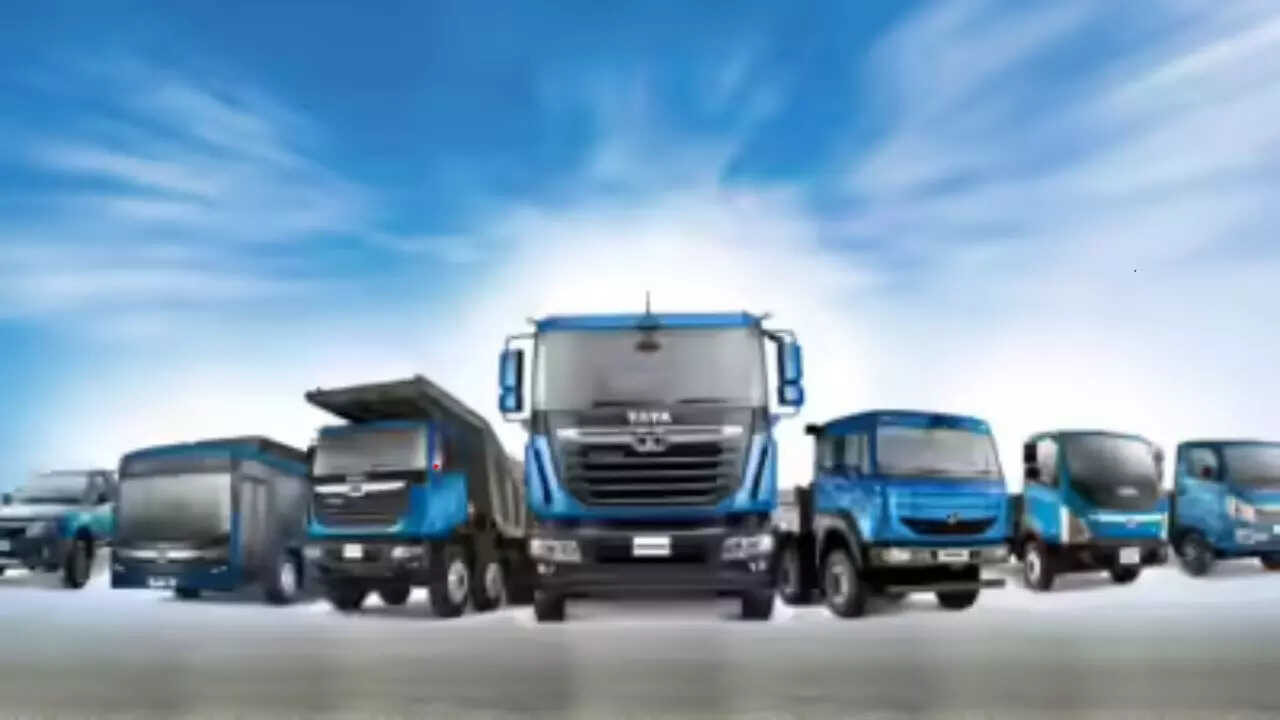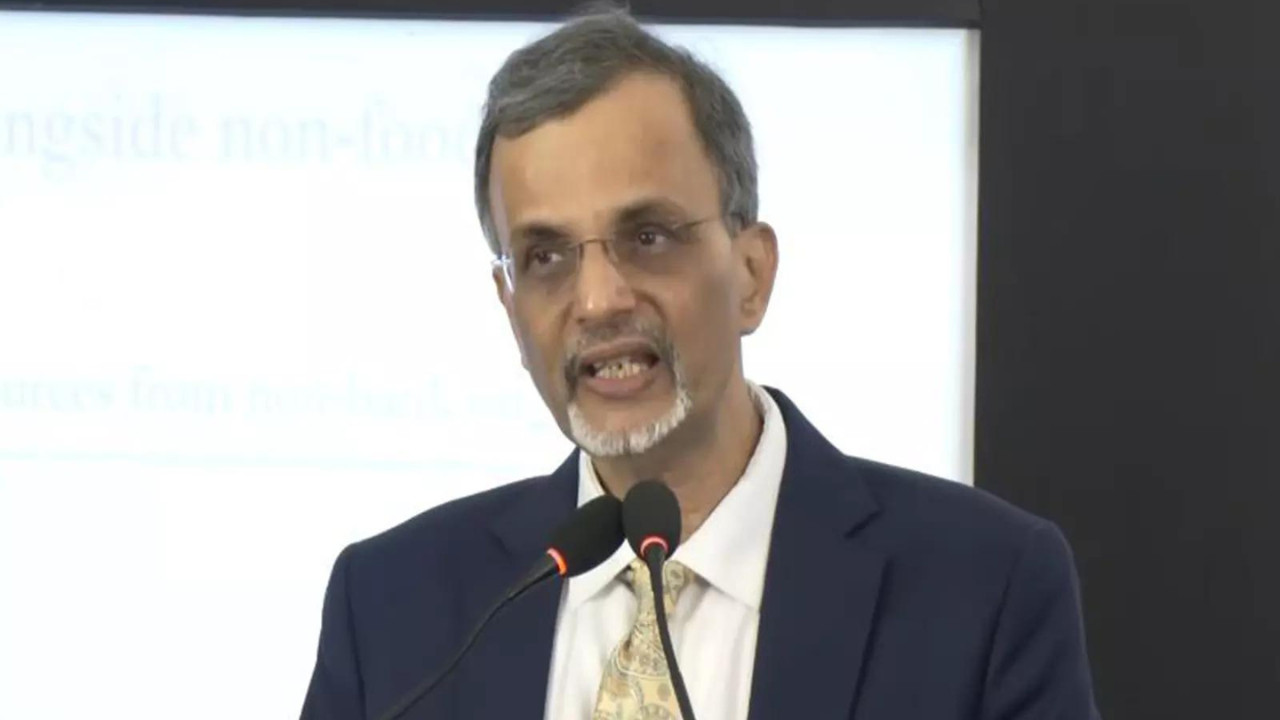Heavy Duty Demand: Are Commercial Vehicle Manufacturers Ready to Roll?
The roads of India are the arteries of its economy, and the commercial vehicles that traverse them are the lifeblood. And right now, those arteries are pumping stronger than ever, creating a surge in demand for heavy-duty trucks and buses that’s got manufacturers revving their engines. But are they truly ready to handle the load?
The commercial vehicle (CV) sector has long been a reliable bellwether of India’s economic health. When businesses are booming, goods need to be transported, infrastructure projects get the green light, and construction sites hum with activity. All this translates into increased demand for commercial vehicles, especially the big boys: the heavy-duty haulers designed to tackle the toughest jobs. Several factors have converged to create a particularly potent demand scenario right now.
One major driver is the government’s sustained focus on infrastructure development. Ambitious projects like the Bharatmala Pariyojana, aimed at improving the national highway network, are fueling the need for tippers, trailers, and other CVs capable of moving vast quantities of raw materials and equipment. Then there’s the steady growth of the e-commerce sector, which requires efficient logistics and transportation networks to deliver goods across the country. The increased mining activity is another significant factor. The expansion of the manufacturing sector is also contributing to the heightened demand, requiring transportation of both raw materials and finished goods.

Meeting the Rising Demand: A Balancing Act
The question is not whether the demand is there – it clearly is. The challenge lies in ensuring that commercial vehicle manufacturers can scale up production, innovate to meet evolving customer needs, and maintain the quality and reliability that businesses depend on.
Several major players have already announced plans to ramp up their manufacturing capacity. This involves investing in new production lines, upgrading existing facilities, and streamlining supply chains. This will all help bring down the current commercial vehicle delivery times. Furthermore, manufacturers are focusing on technological advancements to improve the efficiency and performance of their vehicles. This includes developing fuel-efficient engines, introducing advanced safety features, and incorporating digital technologies for fleet management and vehicle tracking. The rise of Electric Vehicles (EVs) is a key part of the future too, and you can read more about how the Indian auto industry is gearing up for electric mobility here.
Financing the Future: Availability of Credit
While the demand for heavy-duty commercial vehicles is undeniable, a crucial element in sustaining this growth is the availability of financing. Most commercial vehicle purchases are financed through loans, and the ease and affordability of these loans can significantly impact sales. Banks and non-banking financial companies (NBFCs) play a vital role in providing credit to fleet operators and individual truck owners.
The industry needs to create an environment where financing is readily available at competitive interest rates. This requires close collaboration between manufacturers, financial institutions, and the government to address any bottlenecks in the financing process.
Looking Ahead: A Road Map for Sustainable Growth
The surge in demand for heavy-duty commercial vehicles represents a significant opportunity for the Indian automotive industry. To capitalize on this opportunity and ensure sustainable growth, manufacturers need to prioritize capacity expansion, technological innovation, and efficient financing solutions.
Furthermore, a strong focus on sustainability and environmental responsibility will be crucial. As India strives to reduce its carbon footprint, the development of cleaner and more fuel-efficient commercial vehicles will become increasingly important. Alternative fuels, electric vehicles, and hybrid technologies will play a pivotal role in shaping the future of the commercial vehicle industry. By embracing innovation and adopting sustainable practices, manufacturers can not only meet the current demand but also contribute to a greener and more prosperous future for India.
In conclusion, the current demand for heavy-duty commercial vehicles presents a dynamic opportunity for the Indian auto industry. By strategically addressing capacity, innovation, and financing, and by embracing sustainability, manufacturers can steer their way toward a future filled with progress and prosperity. The road ahead is challenging, but the potential rewards are immense.







